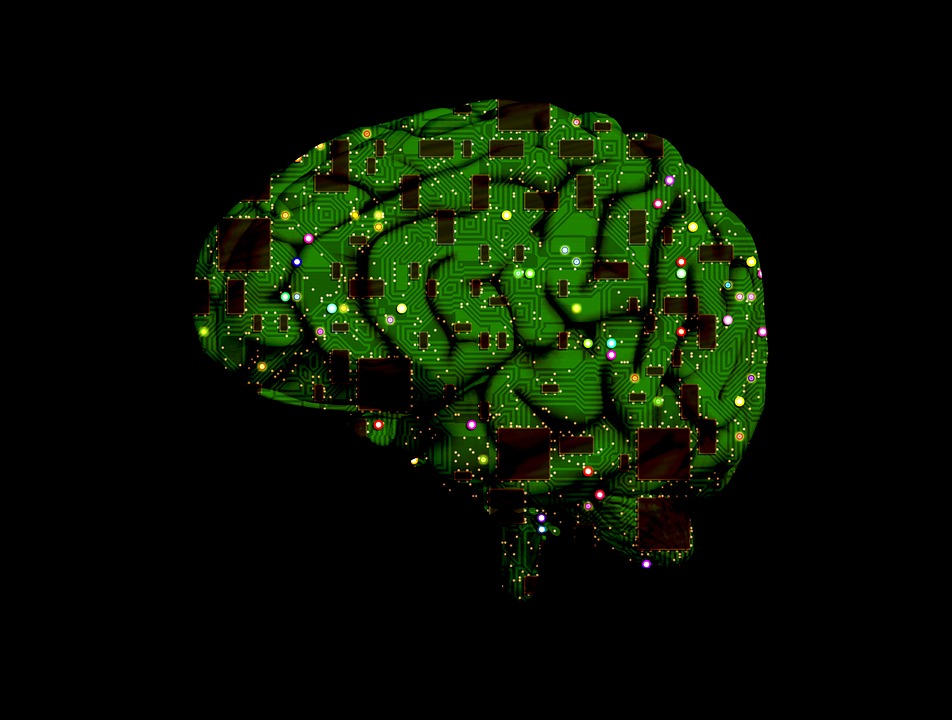This post is also available in:
 עברית (Hebrew)
עברית (Hebrew)
Brain cell clusters connected to a computer managed simple speech recognition and math problems. This study was conducted by Feng Guo, a bioengineer in the Department of Intelligent Systems Engineering at Indiana University, who said his study is a major step in demonstrating how brain-inspired computer neural networks can advance artificial intelligence capabilities.
According to Techxplore, Guo and his team grew bundles of specialized stem cells that developed into neurons. The ball of neurons (also known as an organoid) is less than a nanometer wide and is connected by an array of electrodes to a circuit board, where machine-learning algorithms decode its responses. This creation was called “Brainoware”.
Reportedly, after a brief training period, Brainoware was able to distinguish between the voices of eight subjects with an accuracy rate of 78%. It was also able to successfully predict a Henon map (a mathematical construct) with greater accuracy than an artificial network.
Guo states that this is the first demonstration of using brain organoids for computing and adds: “It’s exciting to see the possibilities of organoids for biocomputing in the future.”
Biocomputing has another major advantage, which is its energy efficiency- artificial neural networks currently consume several million watts of energy a day, while the human brain only requires about 20 watts to function for a day.
Guo claims that Brainoware is a bridge between AI and organoids, stating that “Organoids are like ‘mini-brains.'” A possible future application for such biocomputing systems is studying neurological diseases like Alzheimer’s, or decoding brain wave activity during sleep and possibly recording dreams.
Nevertheless, there are still many challenges, including the task of keeping organoids healthy and well-nourished, which requires 24/7 care. Other concerns include the neuroethical issues of biocomputing systems incorporating human brain tissue.
Guo concludes that it may still be decades before general biocomputing systems can be created, but this research is likely to generate foundational insights into the mechanisms of learning, neural development, and the cognitive implications of neurodegenerative diseases.


























